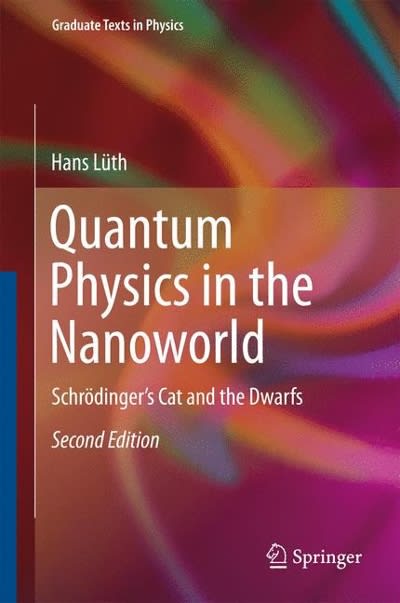Need answers to all parts.
WISEAMSILIAGOM 1 Swudent: erschim@ilstu.edu My Account HW Ch 14 Begin Date: 4/8/2024 12:01:00 AM -- Due Date: 4/14/2024 11:55:00 PM End Date: 4/15/2024 11:55:00 PM (13%) Problem 8: The mean free path is the average distance that a gas molecule travels before colliding with another gas molecule. It may be estimated using kg T 1 V27d2P \\Rznyd? where d w.m the &8:22. of a gas molecule. Of course the diameter of an atom or a molecule is not sharply defined as it would be for a solid billiard ball. Note that 7 is the quantity of the gas in moles, Ny is Avogadro's number, and N = nN, is the number of atoms or molecules. The second formula above employs the number density, ny = N/V. Consider a sample of argon gas with temperature and pressure of 40.1C and 1.12 atm, respectfully. Some useful data about the noble gases is tabulated below. Element Symbol Z Mass Radius m (u) r(pm) helium He 2. 4003 31 neon Ne 10 20.18 38 N/ argon Ar 18 39948 71 krypton Kr 86 4833 88 xenon Xe 54 131.29 108 _ radon Rn 86 2221 120 W Schimpf, Erin - erschim@ilstu.edu f | @ theexpertia.com - tracking 1d: 5176-95-CB-45-9A29-43551 | In accordance with Bxpert TA's Terms of Service. copying this inf > any solutions sharing website is strictly forbidden Doing S0 may result in t of your Expert TA Account _, &l & 20% Part (a) What is the number density, per cubic meter, of the argon gas at the temperature and pressure specified in the problem statement? N & & 20% Part (b) What is the mean free path, in micrometers, of an argon atom at the temperature and pressure specified in the problem statement? _ | _ _ & & 20% Part (c) What is the rms speed, in meters per second, of an argon atom at the temperature and pressure specified in the problem statement? & & 20% Part (d) Based upon the computations for the mean free path and the rms speed in previous steps, what is the typical time, in nanoseconds, between lls & 20% Part (&) Baced upon the ions i i hat is the frequency, in gigahertz, of collisions? i | & 20% Part (e) Based upon the computations in previous steps, what is the freq y, in gig 1 fi | e i i ; : Grade Summary I w | T =| R; GHz Unncnmcum ,_ W i ,..1 : w L D \" | e Potential 100%







